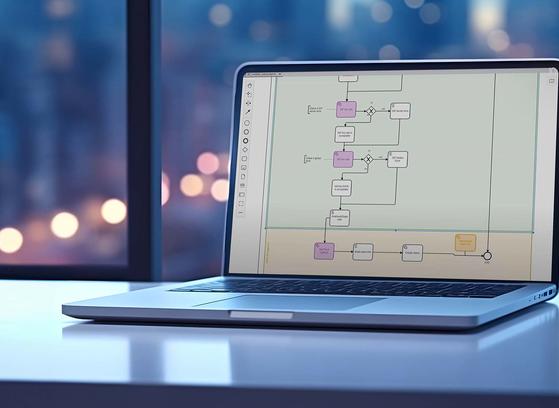As mobile data and content traffic volumes continue to grow exponentially, the revenue that telecom operators can derive from providing these mobile data services will not. This reality has led mobile operators and wholesale network infrastructure providers to look toward driving down “per-bit” costs for transporting data traffic.
One way to drive down these per-bit costs is by leveraging Carrier Ethernet technology as the transmission medium for handling the exploding volume of backhaul traffic–instead of traditional TDM, which simply does not scale in terms of cost benefits. However, the introduction of an Ethernet-based mobile backhaul network is a tricky affair and involves, what I call, several “indispensable considerations.” Here are a few to consider:
- First, it is critical to appropriately size the infrastructure components that constitute the network–because not being able to do so defeats the whole purpose behind moving to a flexible and scalable technology: i.e., cost containment. Furthermore, rightsizing is not a one-time activity; it is an ongoing process to keep up with new traffic patterns that may result from disruptive business decisions (e.g., the introduction of iPhones) or user and demographic behavior (e.g., New York's Times Square on New Year's Eve).
- Second, while rightsizing is important toward staying aligned with the objective of cost containment, the aspect that needs to be balanced in parallel is quality of experience. Customers who have signed up for expensive data service packages, especially those traveling on business, expect a certain quality of user experience. When they don't get it, they become a strong candidate for churn–and will likely switch to a competitor. What complicates the matter is that reduced infrastructure investment invariably leads to a degraded quality of experience for end users. So, not only is it important to perpetually rightsize the network infrastructure, but also to ensure that the appropriate quality of experience is preserved. Furthermore, there are stringent quality benchmarks imposed by packet-based synchronization standards and techniques, like IEEE 1588v2 or adaptive clock recovery, for the purposes of synchronization and timing in order to carry out the basic functions of a cellular network, such as cell-to-cell hand-offs.
- A third key consideration is the radio access network (RAN) and its criticality to the delivery of voice and data services. Although operators embrace Carrier Ethernet to “future-proof” against explosive data growth and next-generation mobile networks (4G), they still have to support their legacy 2G and even early 3G radio networks, which use legacy transport formats like TDM or ATM. This is where pseudowire or circuit emulation technologies are enabling operators to seamlessly support legacy transmission interfaces over a pure Carrier Ethernet network. Nevertheless, transport connections to individual cell sites are still prone to multiple problems ranging from weather to careless configuration changes. While the operations team traditionally managed the tools that tested the legacy connectivity, it now needs similar tools to assure the availability and quality of such emulated connections over Carrier Ethernet.
- Last but not least, Carrier Ethernet, as compared with traditional TDM, brings more complex concepts like classes of service, VLANs, virtual circuits, and MPLS tunnels. Although operators entrust the assurance of the mobile backhaul to the same transmission teams that managed TDM backhaul, they need to ensure that those teams are also equipped with the right tools that can assure and engineer all these entities holistically.
So how should mobile operators respond to these “indispensable considerations?” They should start by seeking a solution that provides proactive performance management and reporting capabilities across a multi-vendor Carrier Ethernet environment and mobile domain. Equipped with such a solution, they can realize the business objectives behind Ethernet backhaul while ensuring the all important quality experience end users demand from their mobile services.
To find out more, please download my white paper–or check out the related Pipeline article “Leveraging Ethernet Backhaul to Fight Churn,” by my Infovista colleague, Chief Technology Officer Manuel Stopnicki.










